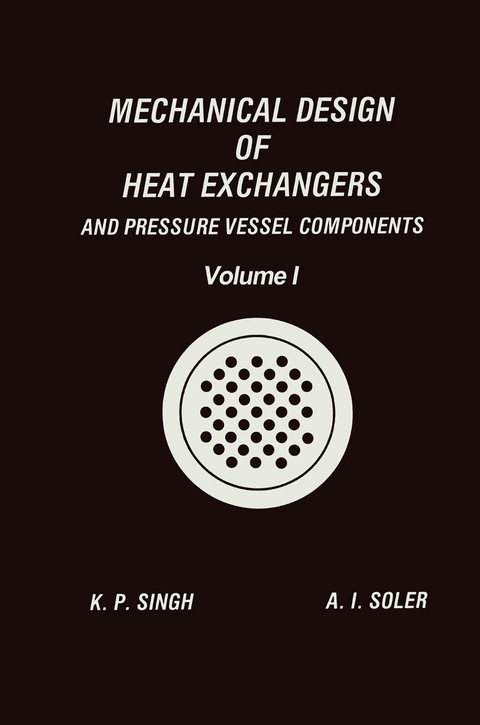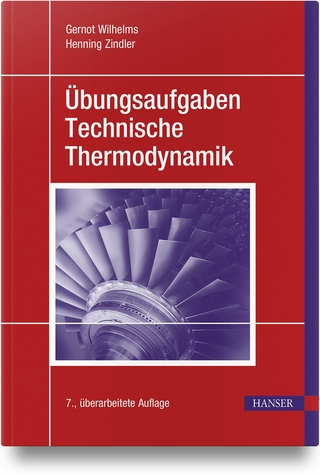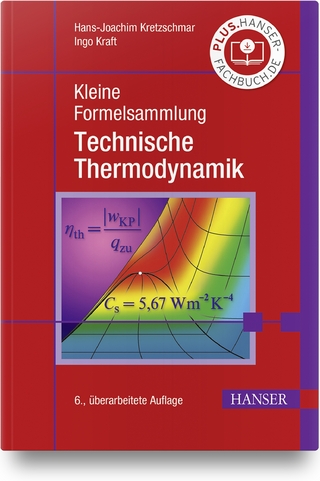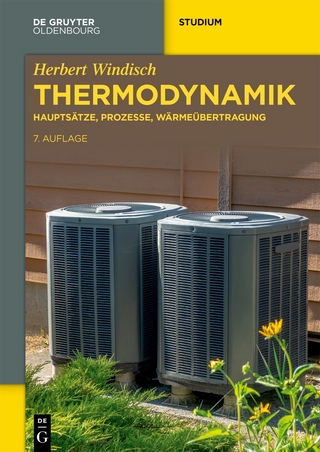
Mechanical Design of Heat Exchangers
Springer Berlin (Verlag)
978-3-662-12443-7 (ISBN)
1. Heat Exchanger Construction.- 2. Stress Categories.- 3. Bolted Flange Design.- 4. Tubesheet Sandwiched between Two Flanges.- 5. Bolted Joints with Full Face Gaskets.- 6. Joints for High Pressure Closures.- 7. Tube-to-Tubesheet Joints.- 8. Tubesheets for U-Tube Heat Exchangers.- 9. Tubesheets in Fixed and Floating Head Heat Exchangers.- 10. Special Tubesheet Construction-Double Tubesheet.- 11. Rectangular Tubesheets-Application to Surface Condensers.- 12. Flat Cover.- 13. Pressure Vessel Heads.- 14. Thermal Stresses in U-Bends.- 15. Expansion Joints.- 16. Flow Induced Vibration.- 17. Support Design and External Loads.- 18. Four-Leg Supports for Pressure Vessels.- 19. Saddle Mounted Equipment.- 20. External Loads on Vertically Mounted Equipment.- 21. Response Spectrum.- 22. Practical Considerations in Heat Exchanger Design and Use.- Appendix A Classical Plate and Shell Theory and its Application to Pressure Vessels.- A.1 Introduction.- A.2 Basic Elasticity Equations.- A.3 Specialization to the Bending and Extension of Thin Walled Cylindrical Shells.- A.4 Some Applications of Thin Shell Theory Results.- A.5 Specialization to Bending and Extension of Circular Plates.- Nomenclature.- References.
| Erscheint lt. Verlag | 4.12.2014 |
|---|---|
| Zusatzinfo | XXIII, 1047 p. |
| Verlagsort | Berlin |
| Sprache | englisch |
| Maße | 152 x 229 mm |
| Gewicht | 1540 g |
| Themenwelt | Naturwissenschaften ► Physik / Astronomie ► Thermodynamik |
| Technik ► Maschinenbau | |
| Schlagworte | buckling • cracks • Design • Erosion • flow • Gasket • Heat exchanger • Industry • lead • Mechanics • Pressure • Temperature • Vibration |
| ISBN-10 | 3-662-12443-2 / 3662124432 |
| ISBN-13 | 978-3-662-12443-7 / 9783662124437 |
| Zustand | Neuware |
| Haben Sie eine Frage zum Produkt? |
aus dem Bereich


